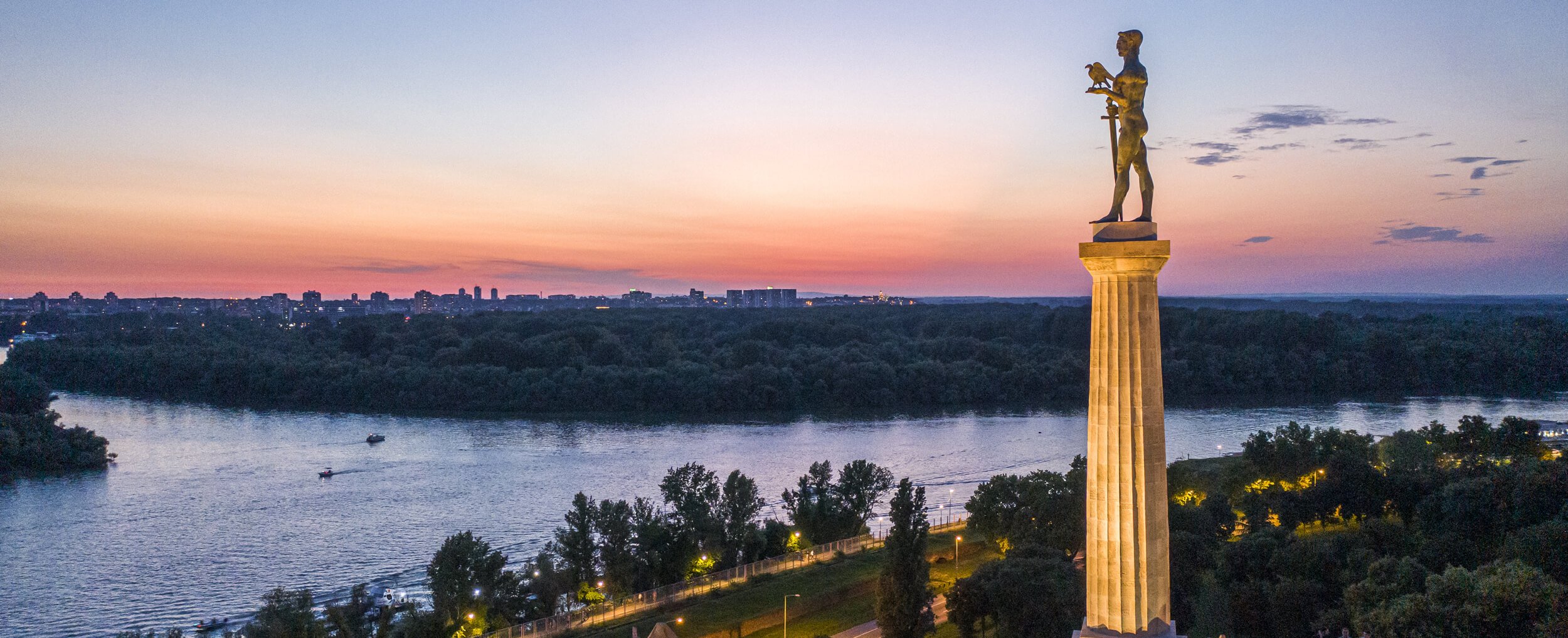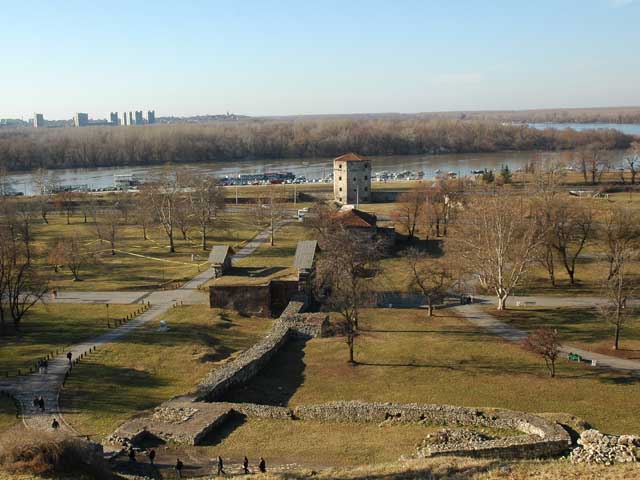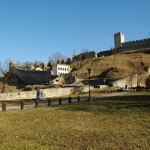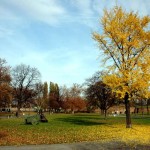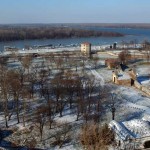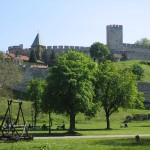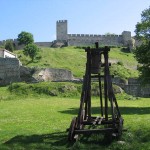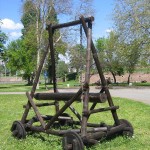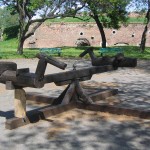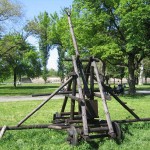The most important part of the settlement, in the riverside area, is surrounded by the ramparts of the Lower Town. The settlement of this area began in ancient times, when a narrow strip of river bank was framed by ramparts. Houses were built in approximately the same area during the Middle Ages. However, the formation of the Lower Town plain and the shaping of the fortified settlement on a spacious plateau was carried out only at the beginning of the 15th century, during the time of Despot Stefan Lazarevic. Thus, the old, western suburb, with a dock for warships, gained an exclusively military function, closely connected with the defence of the castle.
Similar to the Upper Town, the suburbs also had four gates. The main, eastern gate led to a part of the settlement in today’s Dorcol. The second gate was on the same rampart, but lower, towards the river, and led to the outer port, while on the riverside rampart there were two gates, the position of which can only be determined approximately.
All the most important institutions of the Despot’s capital were located in the Lower Town. There was the Cathedral of Belgrade, the Church of the Assumption of the Mother of God, with the residence of the Metropolitan of Belgrade in its complex, and in the centre of the settlement there was a Catholic church, probably on the site of a later Franciscan monastery. At that time, this was the most densely populated part of the city, with houses of merchants and craftsmen not only from Serbia, but also from cities in Hungary and the Littoral, primarily from Dubrovnik.
After the Turkish occupation of Belgrade in 1521, the Church of the Assumption of the Mother of God was turned into the mosque of Sultan Suleiman. The day after the capture of the city, on 30th August, the conquering Sultan performed the Jumma Namaz — the main Islamic prayer on Fridays. Numerous mahallas and buildings were erected around the mosque — Sultan Suleiman’s caravanserai, hammam, barracks and barns, and near the eastern gate there was a mint.
The Austrian reconstruction of the fortress also oversaw the construction of large facilities, among which were an arsenal, an artillery barracks, warehouses for storing gunpowder, as well as buildings for storing food with bakeries. All these buildings kept the same purpose in the following Ottoman period until 1867, when the Turkish army left Serbia.

